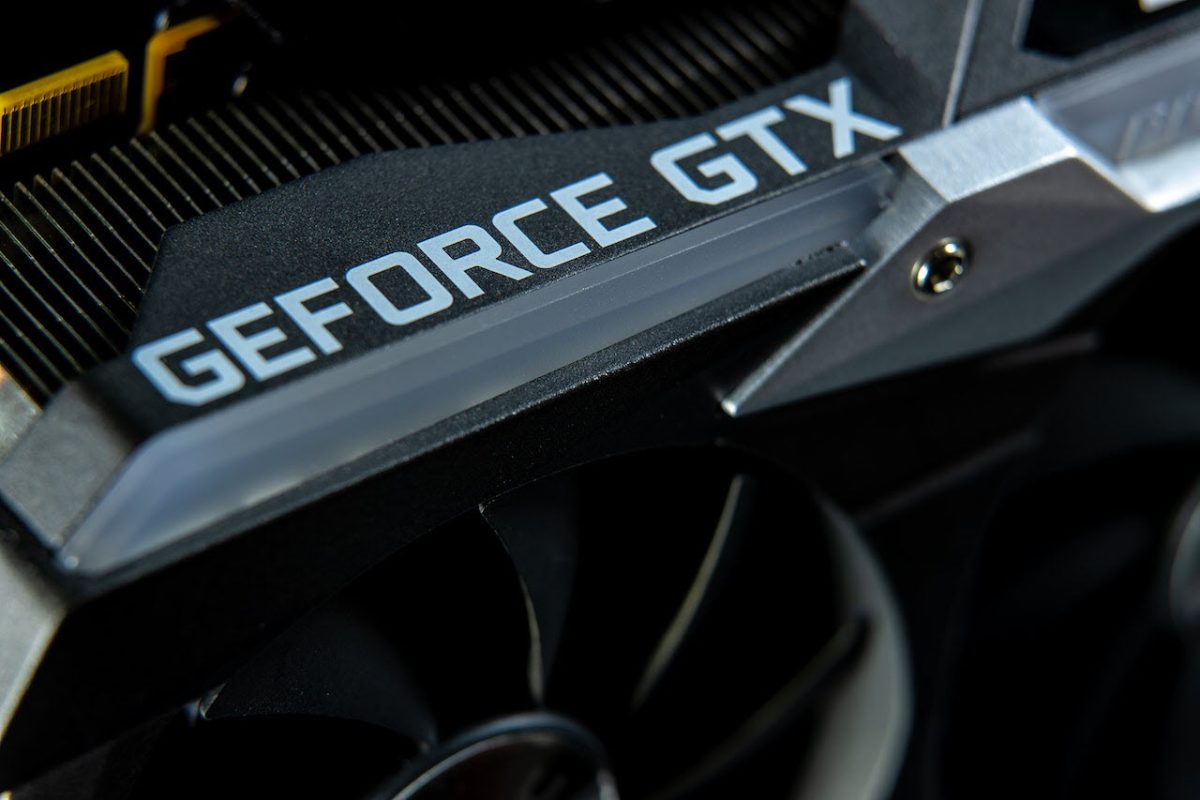
A graphics card is an essential part of the computer, especially when it comes to gaming, video editing, or running other graphics-heavy programs. Knowing what kind of graphics card you have can help you determine if your device is compatible with a certain game or application. Besides, if you want to update your graphics driver, finding the exact model of your graphics card is the first step. This guide will show you multiple ways to check your graphics card on Windows & Mac.
Table of contents
- How to check your graphics card on Windows?
- How to check your graphics card on Mac?
- Bonus tip: How to update your graphics driver?
How to check your graphics card on Windows?
For Windows users, you can select one of the following methods to check the model of your graphics card:
- Use Device Manager
- Run the DirectX Diagnostic Tool
- Use Task Manager
- Check System Information
- Through Display settings
Method 1: Use Device Manager
The easiest way to find out what graphics card you have is through Device Manager. Here’s how:
- On your taskbar, right-click the Start button and select Device Manager from the menu.
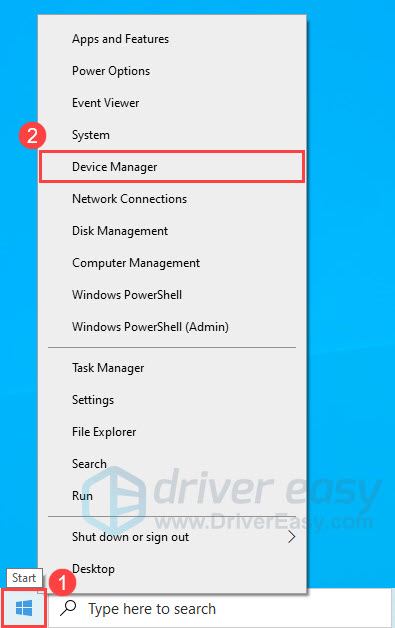
- Double-click Display adapters to expand it and you’ll see the name of your graphics card. (In my case, I have an Intel(R) UHD Graphics 630.) If you see more than one name here, it means you have both an integrated graphics card and a discrete one.
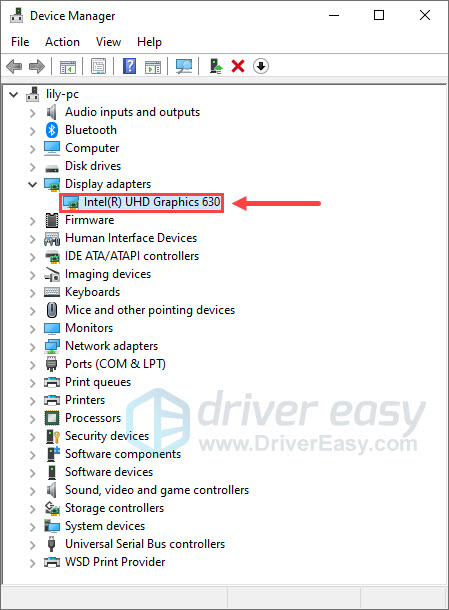
- If you want to learn more about your graphics card, double-click on its name. In the Properties window, it will show the manufacturer of your graphics card.
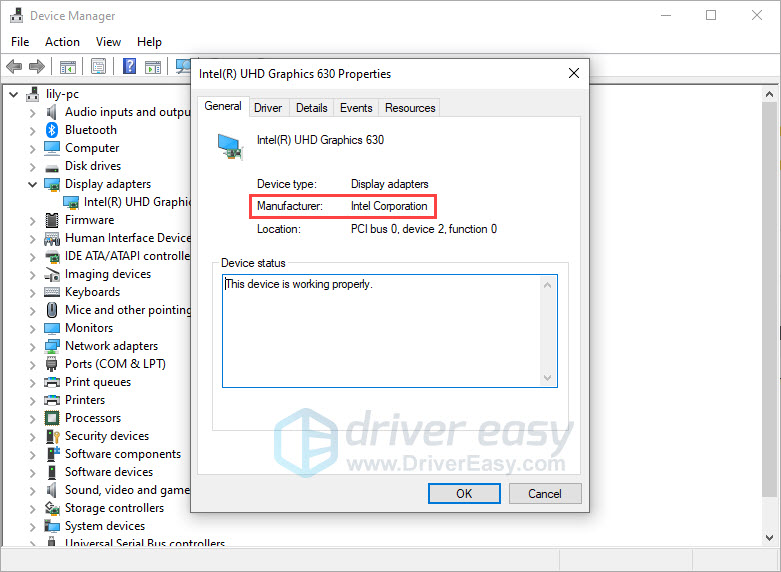
Once you know the exact model of your graphics card, you can compare it to the minimum requirements of the game you want to play or other applications you want to run.
If your computer meets the requirements, but you’re still experiencing issues like crashing or freezing, chances are that you’re running a broken or outdated graphics driver. In this case, you need to reinstall or update your graphics driver to see if it fixes the problem.
Method 2: Run the DirectX Diagnostic Tool
Another way to check your graphics card is to run the DirectX Diagnostic Tool. Here’s how:
- On your keyboard, press the Windows logo key and R at the same time to open the Run window. Type dxdiag and press Enter to run the DirectX Diagnostic tool.
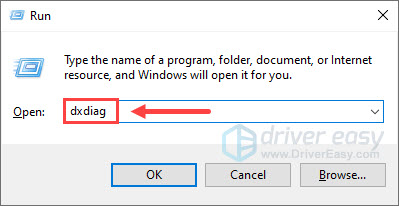
- Navigate to the Display tab, you’ll see the name of your graphics card and other details about it.
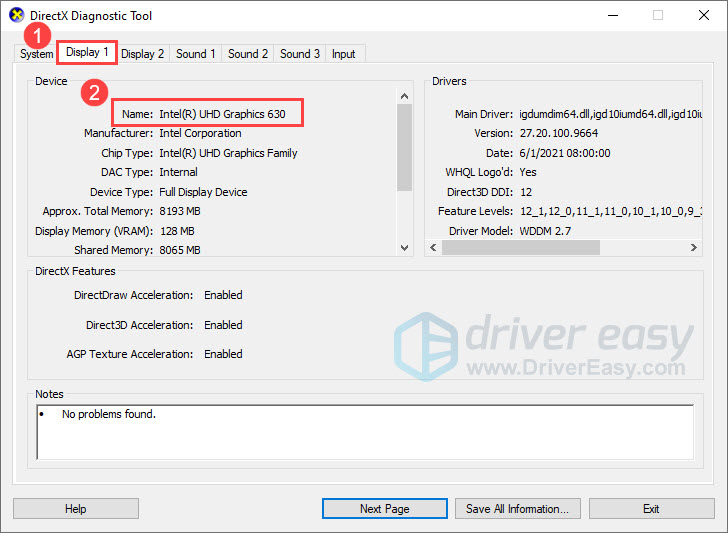
Method 3: Use Task Manager
Task Manager also allows you to check what graphics card you’re using. Here’s how:
- On your taskbar, right-click an empty space and select Task Manager.
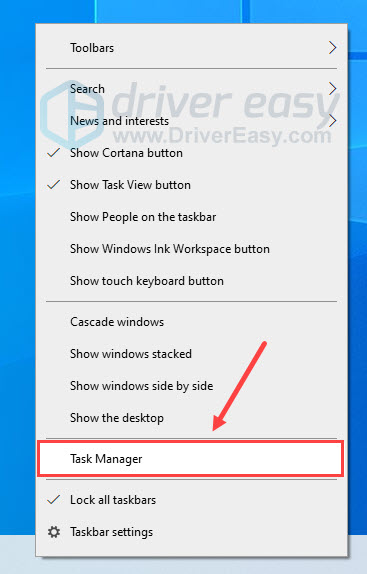
- Click the Performance tab and select GPU, then you’ll see the name of your graphics card, statistics about its usage, available GPU memory, and so on.
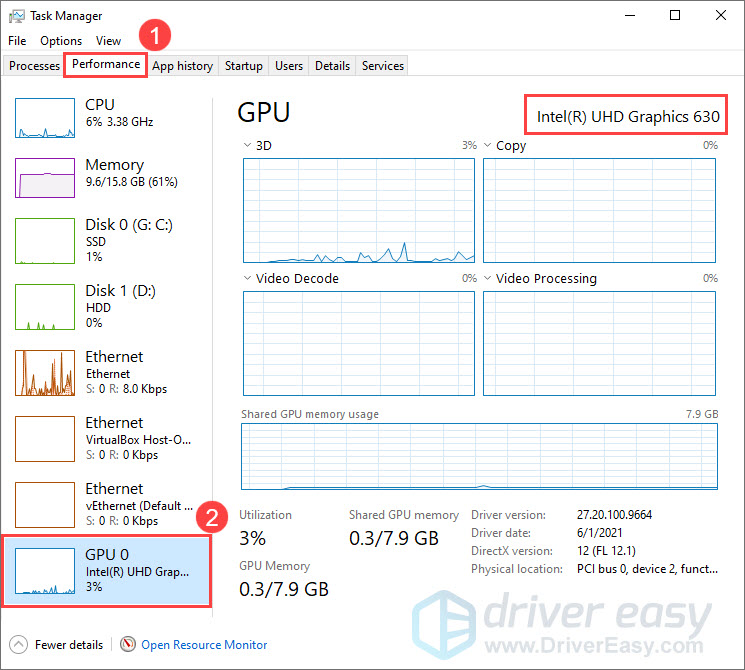
Method 4: Check System Information
You can also check what graphics card you have with the System Information app. Here’s how:
- In the search bar of your taskbar, type info and select System Information from the search results.
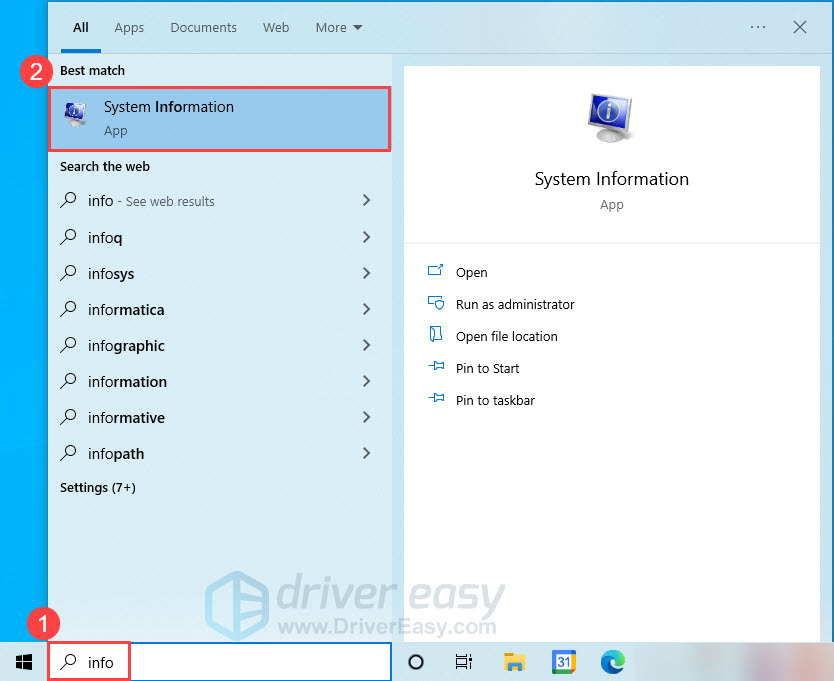
- Go to Components > Display. Then you’ll find the name of your graphics card.
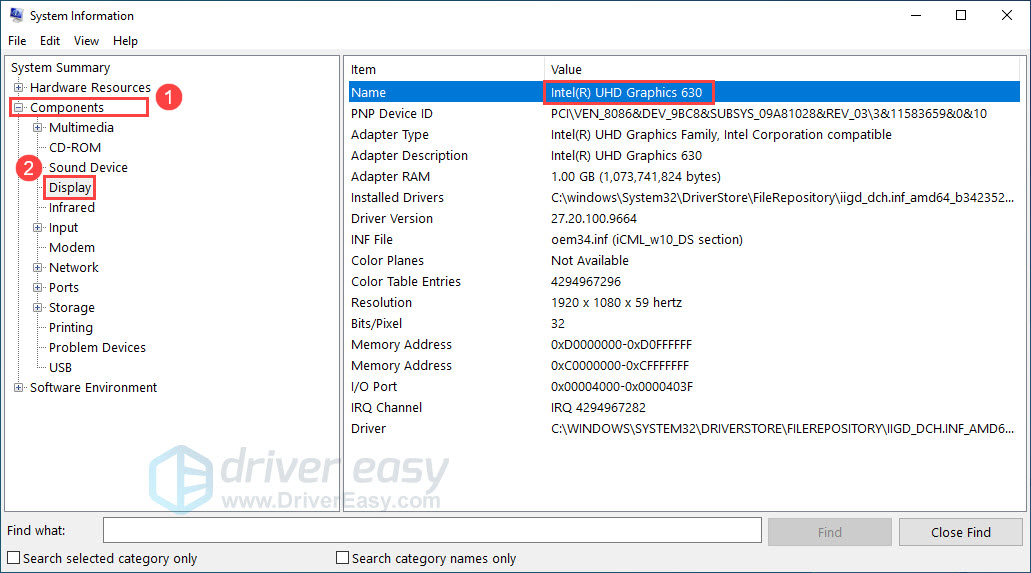
Method 5: Through Display Settings
You can also find out what kind of graphics card you have through Windows Display settings. Here’s how:
- On your desktop, right-click an empty space and select Display settings.
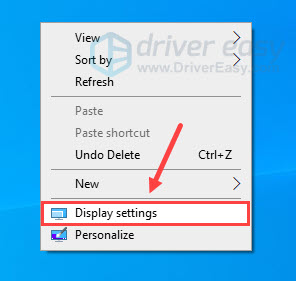
- Scroll down the page, find Advanced display settings, and click on it.
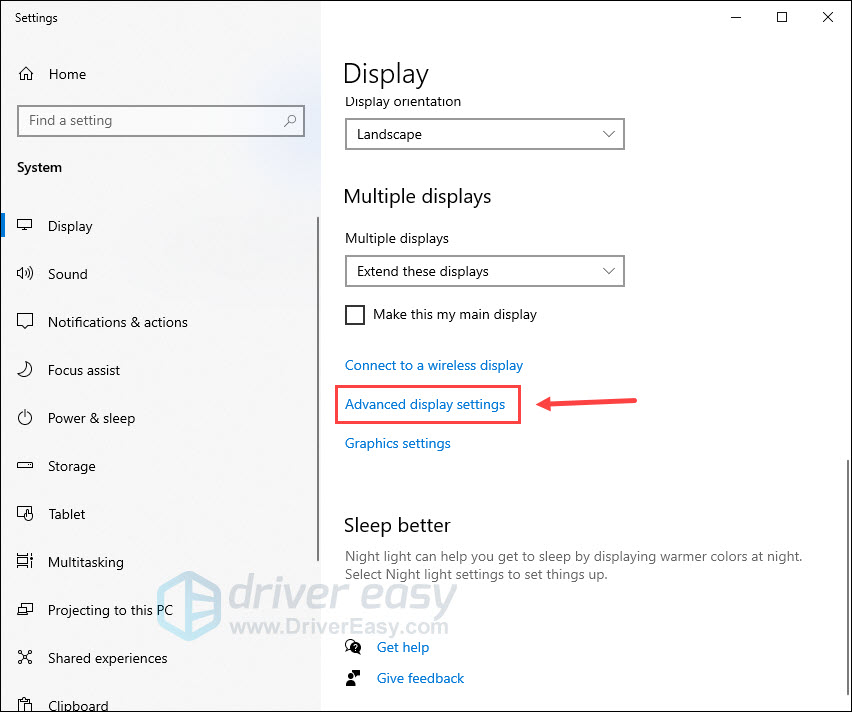
- Under Display information, look for Display 1: Connected to… to see what graphics card you’re using. For more details, click Display adapter properties for Display 1.
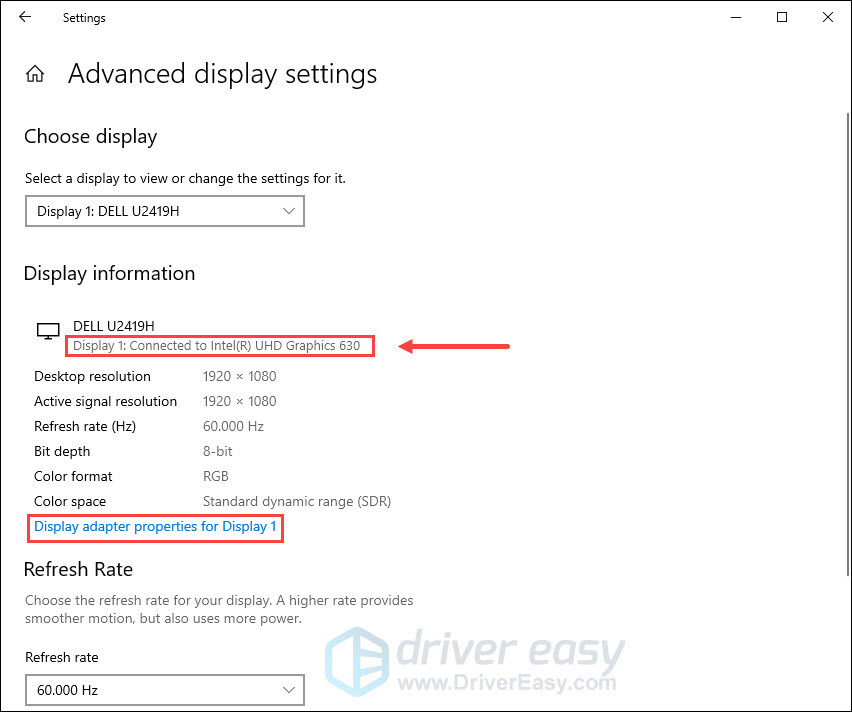
How to check your graphics card on Mac?
For Mac users, use the following instructions to check what graphics card you have:
- At the top-left corner, click the Apple icon and select About this Mac.
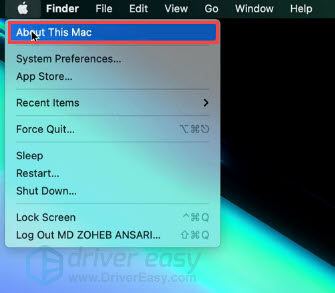
- Next to Graphics, you’ll see the name of your graphics card.
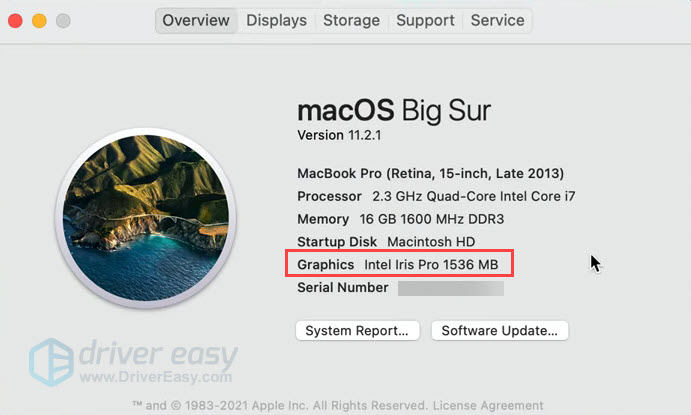
- If you want to learn more about your graphics card, click System Report… > Hardware > Graphics/Displays. You’ll see a list of information about your video card.
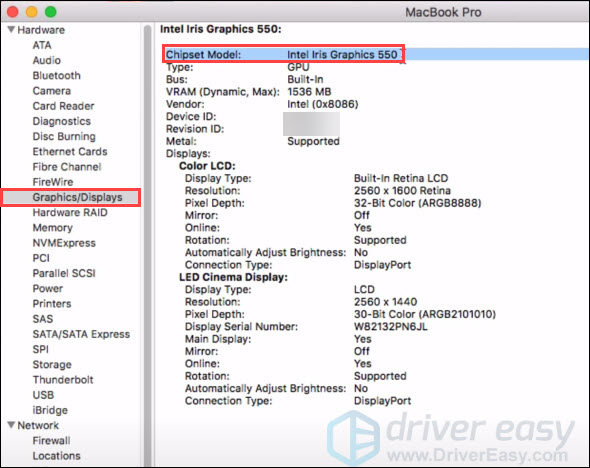
Bonus tip: How to update your graphics driver?
All pieces of hardware need a driver to communicate with the computer’s operating system, and the graphics card is no exception. If your graphics driver is corrupted or outdated, you’re likely to encounter many issues, such as crashing and freezing. To make the most of your graphics card and fix potential problems, you should keep your graphics driver up to date.
There are two ways to update your graphics driver: manually and automatically.
Manual driver update – You can update your graphics drivers manually by going to the manufacturer’s website (NVIDIA, AMD or Intel) for your graphics card, and searching for the most recent correct driver. Be sure to choose the driver that is compatible with your Windows version.
Automatic driver update – If you don’t have the time, patience or computer skills to update your graphics drivers manually, you can, instead, do it automatically with Driver Easy. Driver Easy will automatically recognize your system and find the correct drivers for your exact GPU, and your Windows version, and it will download and install them correctly.
- Download and install Driver Easy.
- Run Driver Easy and click the Scan Now button. Driver Easy will then scan your computer and detect any problem drivers.
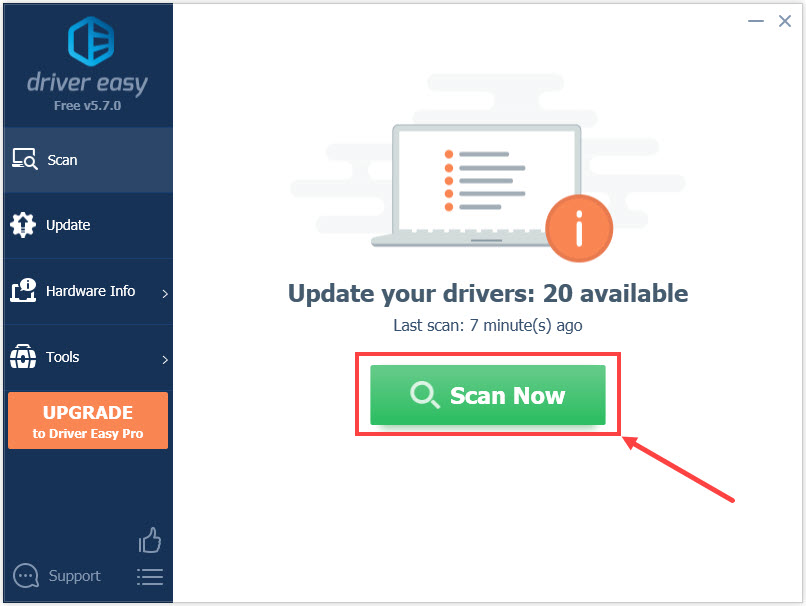
- Click Update All to automatically download and install the correct version of all the drivers that are missing or out of date on your system. (This requires the Pro version — you’ll be prompted to upgrade when you click Update All. If you don’t want to upgrade to the Pro version, you can also update your drivers with the FREE version. All you need to do is to download them one at a time and manually install them.)
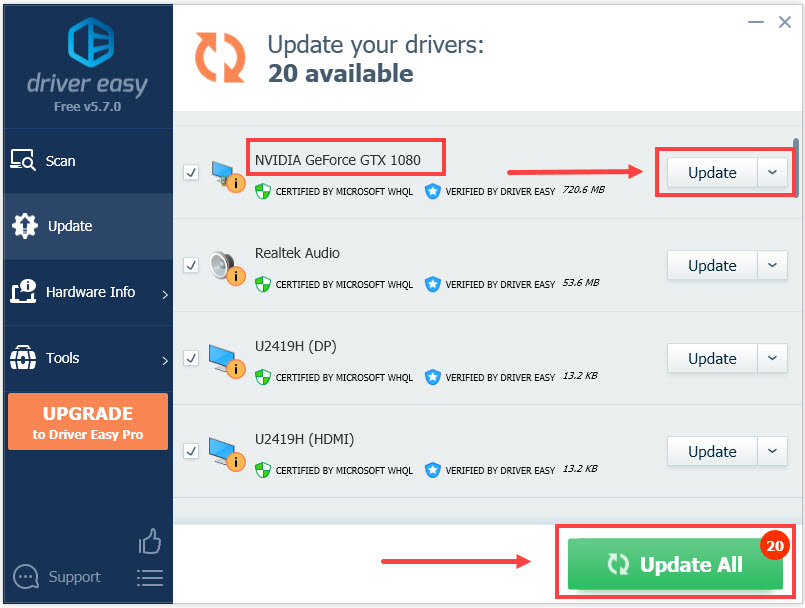
After updating your graphics driver, restart your computer for the changes to take effect.
So there you have it — five easy ways to find out what graphics card you have. To get the best performance out of your hardware, don’t forget to keep your graphics driver up to date. If you have any questions or suggestions, feel free to leave us a comment below.
Credit: Featured Image by Sergei Starostin





